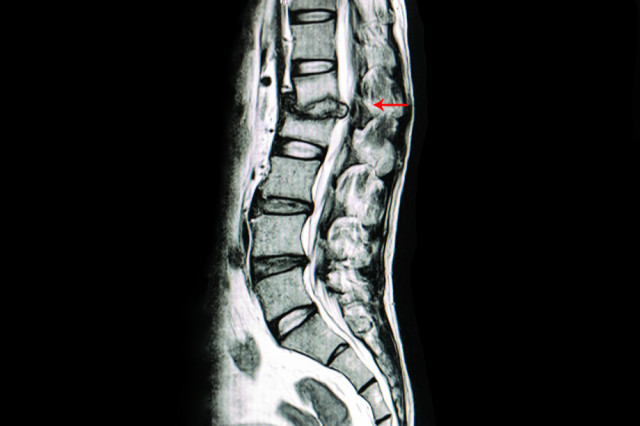Ideally, disc problems and disorders are not what we associate with young people. Disc degeneration, specifically, is regarded as a problem for older individuals. It is fairly unusual for adolescents and young adults suffer any form of disc disorders.
Regardless of what is common and what many believe to be ideal, some adolescents and young adults suffer from disc diseases. Generally referred to as juvenile disc disorder or juvenile discogenic disorder, this problem affects young people in their late teens to early 30s
What are the Causes of Adolescent Disc Disease?
Most doctors believe that the major cause of adolescent disc disease is hereditary factors. Some individuals are genetically disposed to disc degeneration and this is always a major causative factor. In some instances, wear and tear on the body is regarded as the cause of the problem. Once the vertebrae plates are too weak to withstand the pressure inside the disc spaces, portions of the cartilage of the disc may protrude into the end plate and cause pain.
What are the Symptoms of Adolescent Disc Disease?
Primarily, continuous pain in the back and neck is a major symptom of adolescent disc disease. The pain is normally felt at the site of the disc disease. The other important symptoms to look out for include:
- Pain that expands to other areas around the disc slowly but continuously
- Pain when stretching arms over head
- Pain that increases when bending over, picking up moderate weight objects or twisting
- Pain that goes away after rest but returns stronger after a long period of sitting, standing or laying
- Pain that goes away after some forms of exercise like running, walking or changing positions
When to See a Doctor
Back pain is not normal at any age, but it is understandable when adults experience it. When it happens to adolescents it is a sign of a serious problem and should be taken seriously to avoid a lifetime of back pain. You should see a doctor if you experience back pain as an adolescent or young adult.
What Are the Treatment Options for Adolescent Disc Disease?
Adolescent disc disorder primarily affects the vertebrae disc. Doctors mostly manage the condition by attempting to improve strength and flexibility. Instead of restricting movement, physical activities and exercises are encouraged. Specific balanced exercise programs involving hamstring stretches, strength training and aerobic conditioning may be recommended. Depending on the severity of the problem surgery may be an option. Microdiscectomy or even multi-level fusion may be recommended after physical therapy.
Adolescent disc disease is an uncommon problem that should be managed conservatively. The condition may require patients to reconsider vocational plans. Tasks and jobs that can worsen the problem should be avoided completely.


